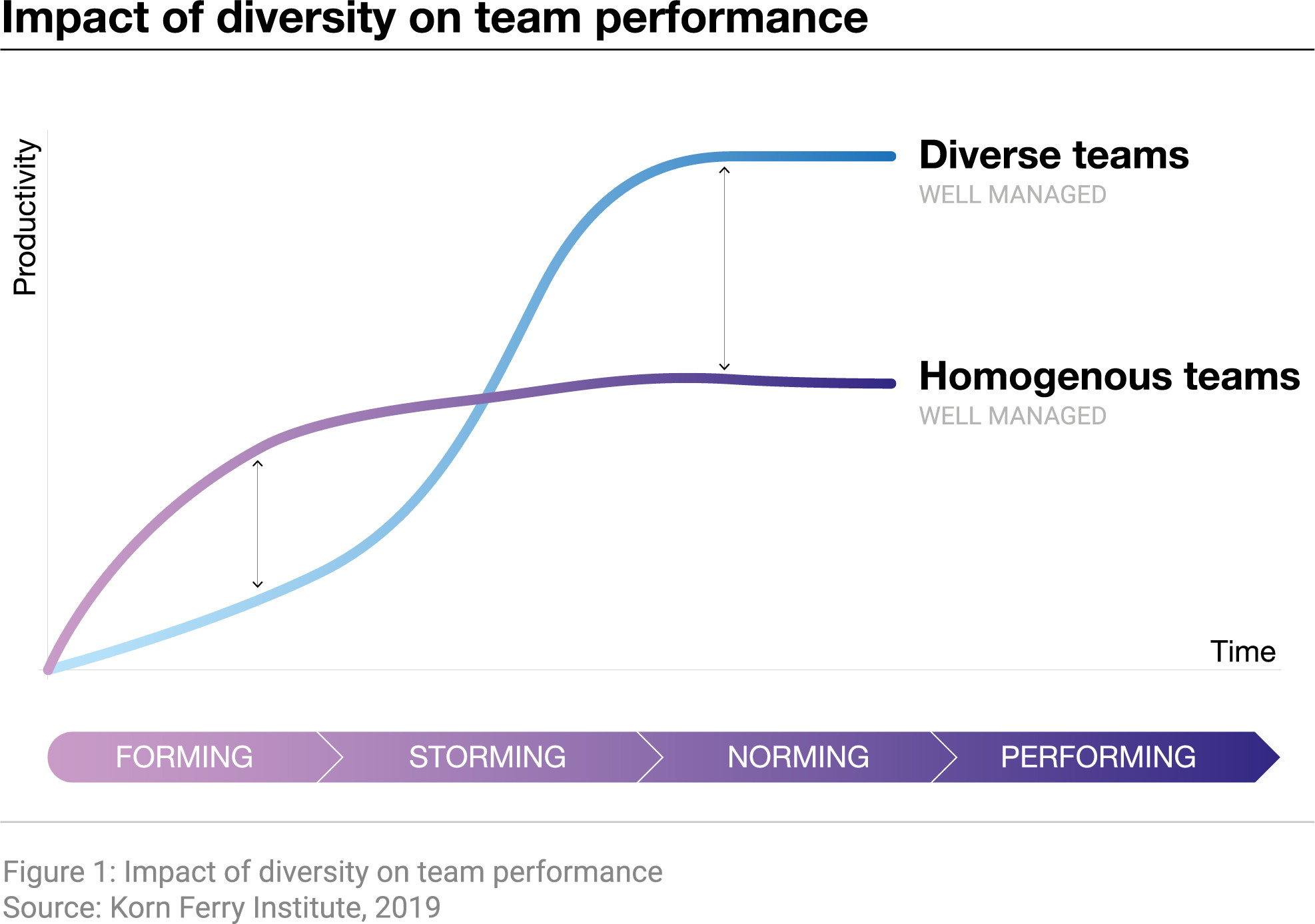Future of jobs: 5 ways to match skills to more meaningful work

A new World Economic Forum paper explores how to align working-age people with the jobs of tomorrow.
Image: Unsplash/Rahul Kashyap
Stay up to date:
Future of Work
- By 2030, over 20% of jobs worldwide are expected to evolve due to significant labour-market disruptions, according to a new World Economic Forum report.
- Harnessing emerging technologies alongside human intelligence will be key to aligning workers with roles that best match their skills.
- The Forum’s five-step framework provides policymakers with a roadmap for using technology to connect talent with the jobs of the future.
By 2030, over 20% of jobs worldwide are expected to have evolved significantly due to labour-market disruptions.
These changes driven by the rapid rise of frontier technologies, the green transition, shifting demographics and geo-economic fragmentation, could create 170 million new jobs. But they could also displace 92 million others, according to the World Economic Forum’s Future of Jobs Report 2025.
So how can we ensure workers have access to the right opportunities?
Matching Talent to the Jobs of Tomorrow, the Forum’s guidebook for public employment services, outlines a five-step framework to help policymakers harness technology to connect talent with the jobs of the future. Here are its 5 key recommendations.
1. Gather dynamic data on jobs trends
The first step involves collecting accurate, real-time data from businesses and jobseekers to track and predict labour-market trends, the guidebook advises. Instead of relying on static employment reports, policymakers need dynamic, tech-driven insights.
Technology can streamline this process. APIs integrated with job boards can provide real-time hiring trends, while AI-powered analytics can detect emerging skill gaps and labour-market shifts. Automated resume screening can assess job seekers’ skills and alert individuals to tailored opportunities.
Case study: Guatemala’s Moving Forward programme is already harnessing data-driven solutions to improve job matching. While web-based interfaces and application forms provide a foundation, the country is now exploring AI-powered predictive analytics to enhance efficiency and accuracy.
2. Create a common jobs terminology
Of course, gathering data alone is not enough. One of the biggest barriers to job matching is inconsistency in how roles and skills are described.
Different companies, industries and regions use varying terminology to define job titles, competencies and qualifications, creating misalignment between talent and opportunities.
Standardized information is needed to create a unified framework so that governments, employers and institutions can align globally. Taxonomy management tools ensure consistent classification of jobs and skills, while natural language processing technology automatically structures data, bridging multilingual gaps.
Case study: SkillsFuture Singapore has developed a national framework that aligns with private-sector skills taxonomies. This ensures consistency across industries, making it easier for job seekers and employers to connect.
3. Ensure trustworthy jobs data
For job-matching systems to work, both employers and job seekers must trust the data and, again, technology can help. Blockchain can be used to show that information is secure and tamper-proof. This could be applied to certification records, giving employers confidence that potential candidates are qualified for roles.
Online skills-assessment platforms present another opportunity to broaden talent pools, enabling candidates to remotely complete tests on hard or soft skills.
Case study: Nigeria’s National Talent Export Programme is using AI-driven screening, skills verification and national database checks to optimize job matching. The scheme aims to facilitate employment for a million individuals over five years.
4. Use AI to widen skills access
Many workers worry whether their skills will remain relevant. The challenge isn’t just finding jobs; it’s preparing people for new opportunities.
AI-driven learning platforms offer personalized training paths to help workers adapt to changing job markets. These can be integrated into learning-experience platforms, ensuring upskilling programmes are accessible and tailored to individual needs.
Case study: Sweden’s Arbetsförmedlingen public employment service supports job seekers – especially those who are low-skilled or face immigration challenges – by offering internships and specialized training to improve workforce integration.
What's the World Economic Forum doing about diversity, equity and inclusion?
5. Use LLMs to match workers to jobs
The final step is to bring together the data to match workers with employment opportunities. AI technologies such as machine learning can combine a candidate's information with historical data to predict optimal matches.
Large language models also have great potential to contextualize why certain individuals are suited to particular roles. This can go beyond competencies and qualifications, taking the motivations and preferences of candidates into consideration too.
Case study: France Travail, the country’s national employment service, combines AI, semantic analysis and generative AI with human expertise to create detailed job recommendations and personalized career pathways for job seekers.
For this framework to succeed, public and private sector collaboration is essential, say the report authors, with policymakers, businesses and educators working together to create solutions that:
- Leverage AI and automation to enhance, not replace, human potential.
- Prioritize cognitive diversity in teams to ensure solutions reflect a variety of employees' needs.
- Develop culturally relevant strategies that align with regional job-market dynamics.
By placing humans at the heart of the transformation, policymakers and businesses are better placed to create tailored solutions that empower workers and build a resilient job market.
Don't miss any update on this topic
Create a free account and access your personalized content collection with our latest publications and analyses.
License and Republishing
World Economic Forum articles may be republished in accordance with the Creative Commons Attribution-NonCommercial-NoDerivatives 4.0 International Public License, and in accordance with our Terms of Use.
The views expressed in this article are those of the author alone and not the World Economic Forum.
Related topics:
Forum Stories newsletter
Bringing you weekly curated insights and analysis on the global issues that matter.
More on Jobs and the Future of WorkSee all
Anurag Sinha
May 9, 2025
Navi Radjou
May 8, 2025
Naoko Tochibayashi and Mizuho Ota
May 5, 2025
Shuvasish Sharma and Ximena Játiva
May 1, 2025
Ricky Li and Ximena Játiva
May 1, 2025







